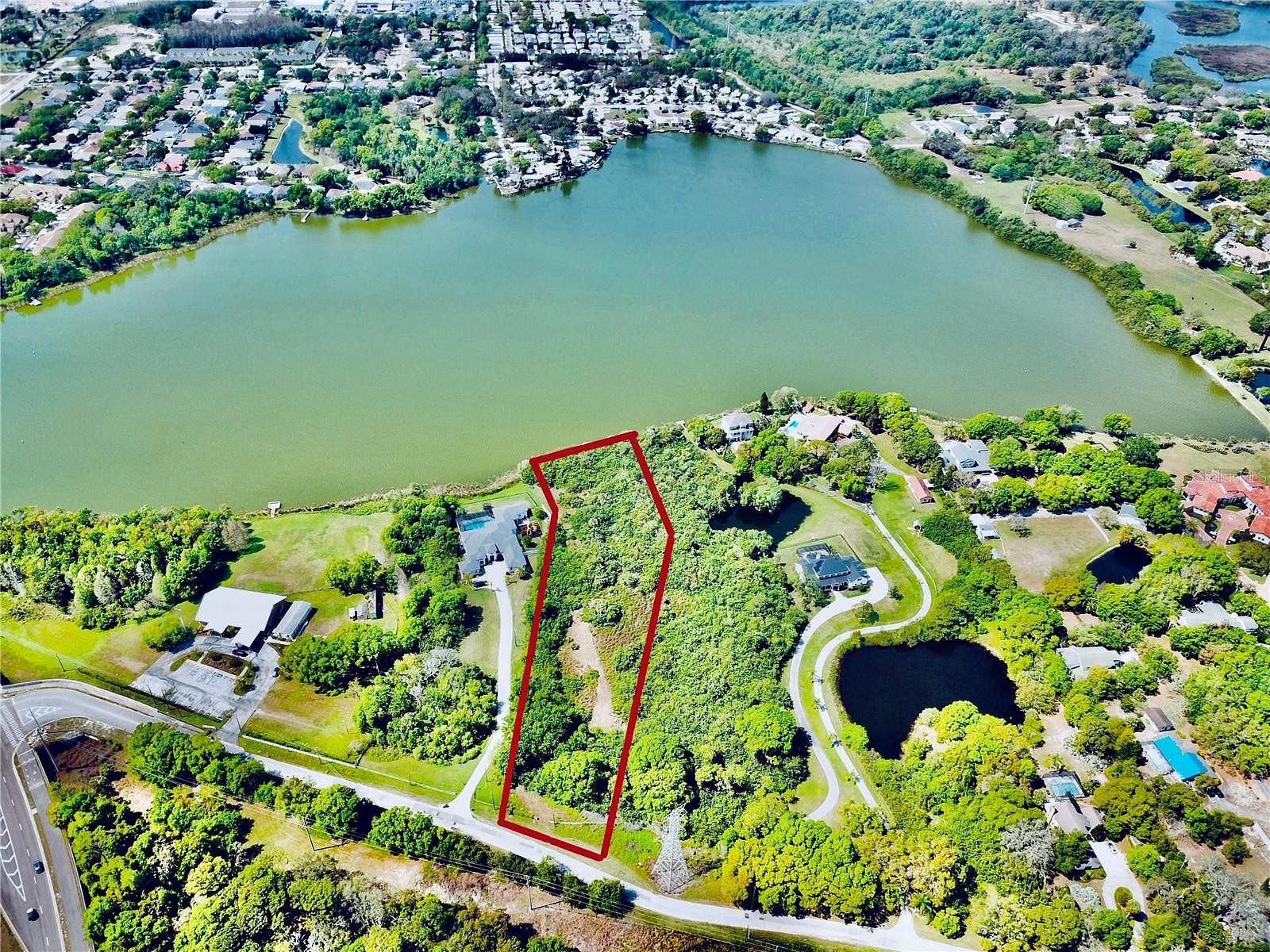Building a home that’s both environmentally-friendly and cost-effective requires careful consideration of sustainable materials and designs. A successful project involves compromise between energy-efficiency and budget. Some sustainable building options are more affordable, while others carry a greater initial cost but will save money in the long run. Here are some sustainable house design ideas to get you started.
Recycled, salvaged, and refurbished components are a great way to improve the sustainability of your home. Look for second-hand beams, boards, and pipes that can be upcycled to use in your home. Reclaimed wood can be terrifically durable and provide a unique aesthetic, while repurposed window panes can frame outdoor views without contributing to deforestation. Correct positioning of your home elements is half of an energy-efficient design. Strategic window placement ensures solar access and keeps heat inside in the winter and out in the summer. Maximize natural lighting by installing large windows in south-facing walls and balance them with insulation to decrease your energy bills. Investing in rooftop solar panels is no longer a sustainable living fantasy. They can benefit homeowners directly, increasing the property’s resale value while decreasing energy costs. If you add battery storage, solar energy can power devices in the evening and during outages. However, installation costs can be prohibitive and vary significantly between locations. Renovations of any kind can be expensive. If you’re looking to build an energy-efficient home, you can increase its efficiency without a renovation. Applying sealant around your doors, windows, and ductwork can stop air leaks and reduce heating and cooling costs. Moving furniture to ensure proper air circulation can also keep expensive air conditioning bills down. Sustainable House Design Ideas
Living off the grid is more possible than ever with the advancement of renewable technology and knowledge about sustainable living. There are several important steps you can take to ensure a successful and efficient transition.
First, find your power source. Solar and wind energy are excellent options, and can be harnessed with the right equipment. Also consider rainwater collection from the roof of your structure for toilet flushing and other non-potable water needs. Without being conected to the grid, other electricity sources such as fuel cells, micro-hydro turbines and generators may also be necessary. Second, assess your energy consumption. By reducing power needs, you can save on system equipment and up-front costs. Unplug appliances and electronics when not in use, and install energy-efficient options when replacing your appliances. You may also consider a compost for food scraps to reduce waste. Third, plan your system buy. A renewable energy system is a big investment. Consider the right-sized system components for your energy needs, and pay attention to quality and warranties when making your decision. Renewable energy systems with batteries run higher up-front costs, but offer greater energy independence and long-term savings. Fourth, be sure to get the appropriate permits. Local regulations around sustainable living can vary widely. Consult a licensed contractor to ensure your system is properly installed and compliant. With some patience and careful planning, going off the grid is a rewarding and feasible goal. Building and living in a sustainable home allows you to save money, live healthier, and help the environment.Living off the Grid: 8 Steps to Sustainable Living
Building your eco-friendly house starts with sustainable materials. Home-buyers and builders alike are increasingly turning to renewable building materials that reduce their environmental impact and provide better energy-efficiency. Here are some of the sustainable building materials revolutionizing home construction.
Fiber-cement siding is a durable, fire-resistant material. Unlike traditional wood siding, it costs less to maintain and is less vulnerable to insect and moisture damage. Additionally, dampproofing and weatherizing with fiber-cement can help to reduce energy costs. Bamboo is a renewable resource that can be sustainably harvested. It’s dimensionally stable and stronger than wood, and its flexibility and hardness make it resistant to pests. Bamboo floors are becoming more popular and widely available and make an excellent, sustainable option. Linoleum is not as popular as it once was, but it’s an excellent eco-friendly option for flooring. Natural linoleum is made from safe, natural materials including flaxseed and vegetable oils with a base of limestone. It is long-lasting and all-natural, and its light-reflecting properties can bring a brightness to any space. Insulation made from recycled denim is becoming more popular. It’s fire-resistant and hypoallergenic, and because it is created from upcycled material, it reduces waste and energy use. Recycled denim is excellent for soundproofing and reducing heat loss through walls. Modern insulated concrete forms (ICFs) offer numerous advantages of sustainability. The ICF are made of recycled materials, and they reduce energy costs by up to 40%, when compared to traditional wood-framed buildings.5 Sustainable Building Materials Revolutionizing Home Construction
Passive solar is an energy-efficient home design option that uses the sun to heat your home. With proper implementation, passive solar house designs can save you on energy costs and keep the interior of your home comfortable year-round. Here are the benefits and tips for building a passive solar house.
The primary benefit of passive solar is that it utilizes the sun’s naturally-produced heat to warm your home. The sun’s energy is caught and then stored in materials that absorb and retain heat, such as concrete. This means you don’t need to use electricity to produce heat, helping to save money and conserve energy. The second benefit of this type of design is that it is incredibly space efficient. For example, the layout of your home can be placed so that the sun reaches more rooms in the winter and fewer in the summer. This keeps the temperature in the house consistent throughout the year. When designing a passive solar home, it is important to consider orientation, local climate, and light availability in relation to the sun. Roof overhangs, walls of windows, and a variety of insulation options are also important design elements in energy-efficient homes. Additionally, pay attention to the materials that you use in your sustainable home. To maximize amplifying the sun’s heat, use materials like concrete, brick, stone, and adobe, all of which are able to absorb the heat from the sun and radiate it back out. All in all, passive solar design is an affordable, efficient, and eco-friendly way to heat your home. With proper design, implementation, and maintenance, you can save money, conserve energy, and keep your home comfortable all year round. Passive Solar House Designs: Benefits and Tips for Building
Sustainable Living House Design: Minimizing Environmental Impact
 Often times architects, interior and exterior designers focus only on creating an aesthetically appealing structure, disregarding impacts to the environment. But Sustainable Living House Design is about much more than just appeasing the eye. It is about creating a home that is truly energy efficient while also reducing its impact on the environment.
Sustainable Living House Design encompasses a variety of factors to ensure that the home is set up to maximize sustainability over long-term use. From incorporating renewable energy sources to using natural building materials; the design of the home is key to creating a space that is down to earth. Materials such as bamboo flooring, non-toxic paints, and recycled building materials will help reduce the environmental impact of the structure. In addition, installing energy-efficient features, for example using LED lighting throughout, and investing in high-efficiency appliances, all contribute to the eco-friendly design.
Often times architects, interior and exterior designers focus only on creating an aesthetically appealing structure, disregarding impacts to the environment. But Sustainable Living House Design is about much more than just appeasing the eye. It is about creating a home that is truly energy efficient while also reducing its impact on the environment.
Sustainable Living House Design encompasses a variety of factors to ensure that the home is set up to maximize sustainability over long-term use. From incorporating renewable energy sources to using natural building materials; the design of the home is key to creating a space that is down to earth. Materials such as bamboo flooring, non-toxic paints, and recycled building materials will help reduce the environmental impact of the structure. In addition, installing energy-efficient features, for example using LED lighting throughout, and investing in high-efficiency appliances, all contribute to the eco-friendly design.
Passive Heating & Cooling for Sustainable Living
 A paramount consideration of Sustainable Living House Design is incorporating passive heating and cooling systems, allowing the home to naturally maintain an ambient temperature without the need for energy-consuming air-conditioners or furnaces throughout the year. Some energy-efficient design strategies can provide substantial benefits for this purpose. Installing window treatments that provide insulation during the colder months and shade over the windows in the summer can help reduce the need to use large cooling or heating units. Additionally, using proper construction materials, such as cement walls and proper roof insulation, can keep the home naturally heated during the winter and cool in the summer.
A paramount consideration of Sustainable Living House Design is incorporating passive heating and cooling systems, allowing the home to naturally maintain an ambient temperature without the need for energy-consuming air-conditioners or furnaces throughout the year. Some energy-efficient design strategies can provide substantial benefits for this purpose. Installing window treatments that provide insulation during the colder months and shade over the windows in the summer can help reduce the need to use large cooling or heating units. Additionally, using proper construction materials, such as cement walls and proper roof insulation, can keep the home naturally heated during the winter and cool in the summer.
Solar and Wind Power for Sustainable Living
 Incorporating ground-source heat pumps, solar power, and wind turbines can provide additional guaranteed emissions-free energy sources for the home. Ground-source heat pumps draw energy from the ground, using fluids to absorb the moderate underground temperatures and transfer it into the home. Solar panels, while they come with an initial installation cost, provide renewable, clean energy. Wind turbines can provide clean energy depending on the location, as there needs to be suitable wind speeds available for the turbines to be cost-effective.
Incorporating ground-source heat pumps, solar power, and wind turbines can provide additional guaranteed emissions-free energy sources for the home. Ground-source heat pumps draw energy from the ground, using fluids to absorb the moderate underground temperatures and transfer it into the home. Solar panels, while they come with an initial installation cost, provide renewable, clean energy. Wind turbines can provide clean energy depending on the location, as there needs to be suitable wind speeds available for the turbines to be cost-effective.
Energy Efficiency for Sustainable Living House Design
 The need for energy-conserving measures in Sustainable Living House Design is paramount. Homes should be equipped with energy-star rated appliances, natural light sources, daylight controls, no-frost refrigerators, and other energy-conserving measures. Additionally, programs such as the Building America program featured by the U.S. Dept. of Energy offer insights on “best practices” for sustainable homebuilding and help keep up-to-date on the latest energy-saving strategies.
Overall, sustainable living house design is focused on more than just the appearance of the house. It involves considering the environment in every decision, from the materials used to the techniques implemented when constructing the home in order to minimize it's environmental impact.
The need for energy-conserving measures in Sustainable Living House Design is paramount. Homes should be equipped with energy-star rated appliances, natural light sources, daylight controls, no-frost refrigerators, and other energy-conserving measures. Additionally, programs such as the Building America program featured by the U.S. Dept. of Energy offer insights on “best practices” for sustainable homebuilding and help keep up-to-date on the latest energy-saving strategies.
Overall, sustainable living house design is focused on more than just the appearance of the house. It involves considering the environment in every decision, from the materials used to the techniques implemented when constructing the home in order to minimize it's environmental impact.






































